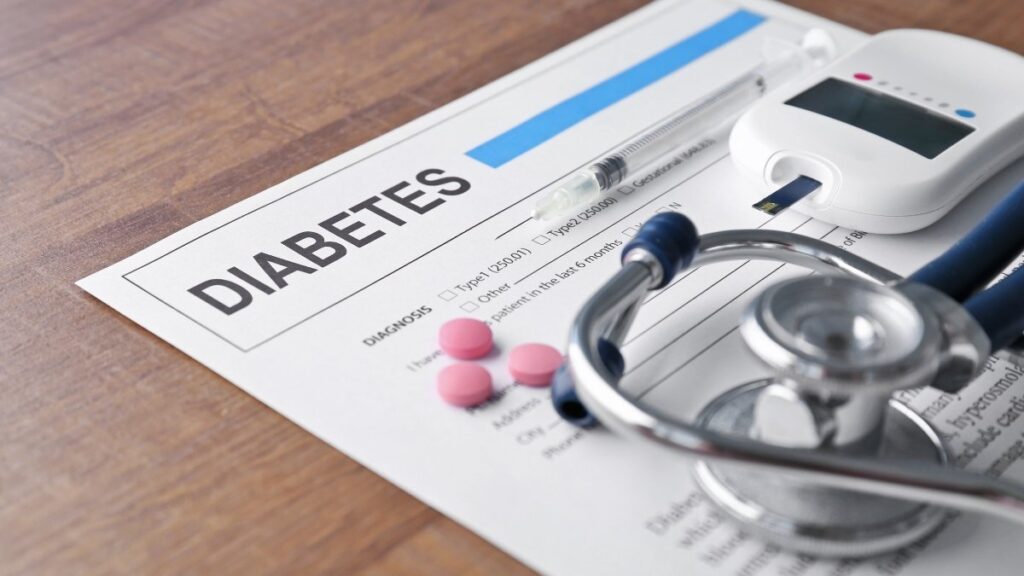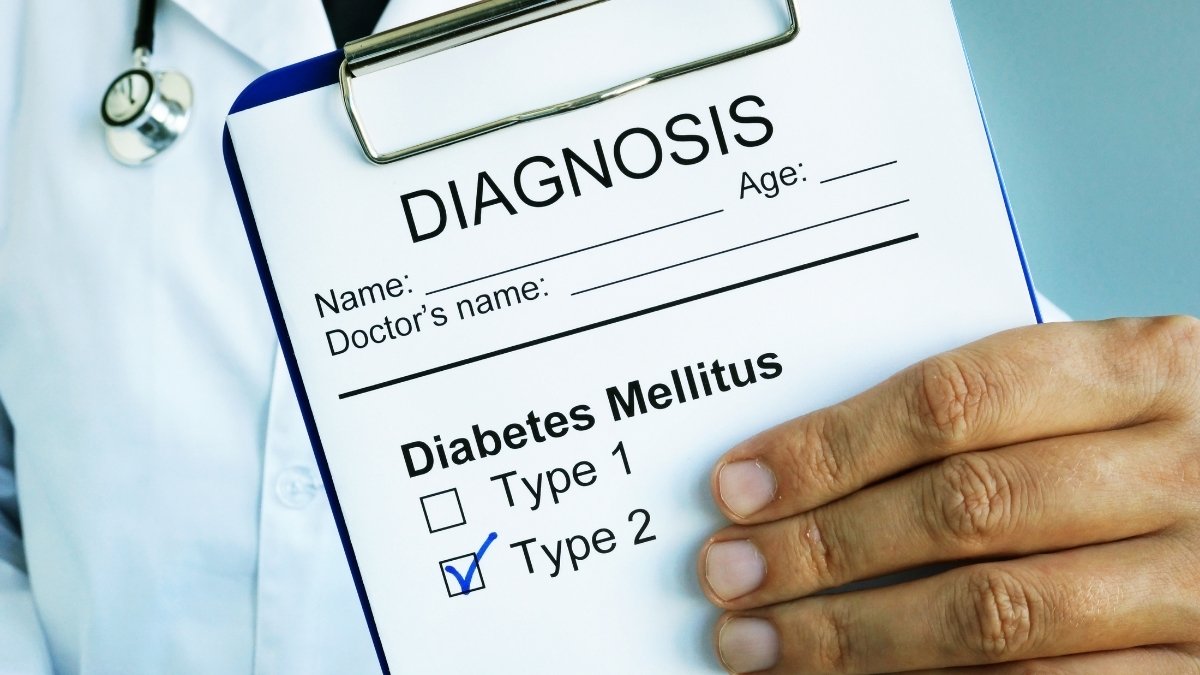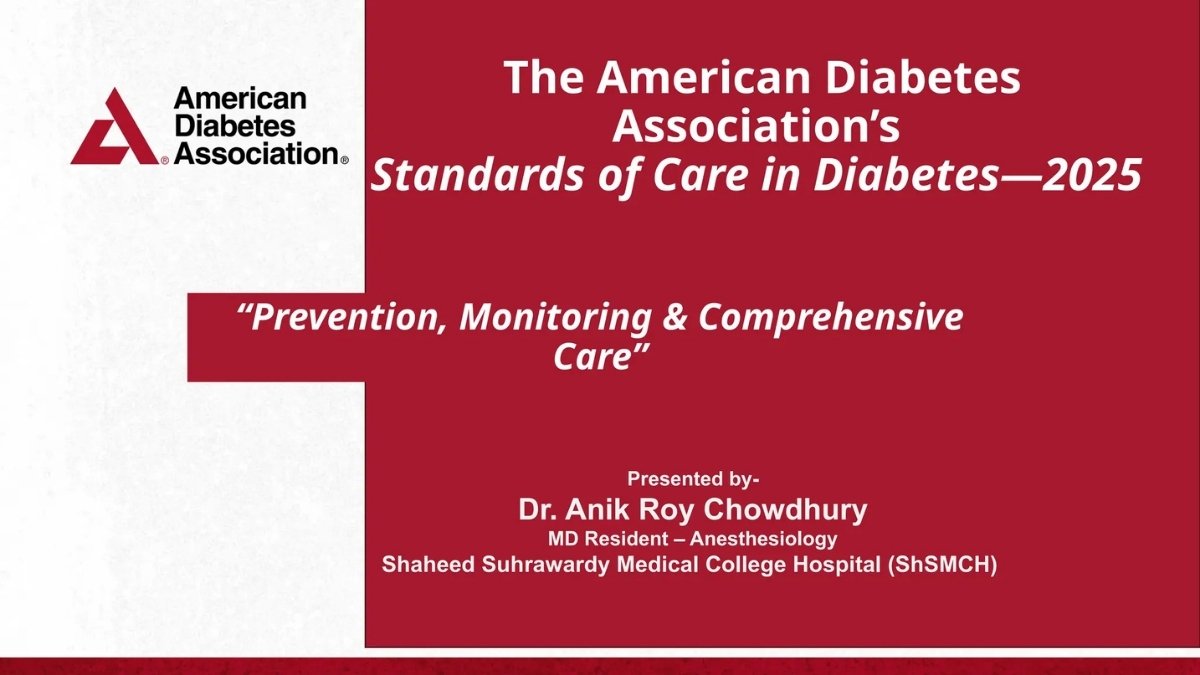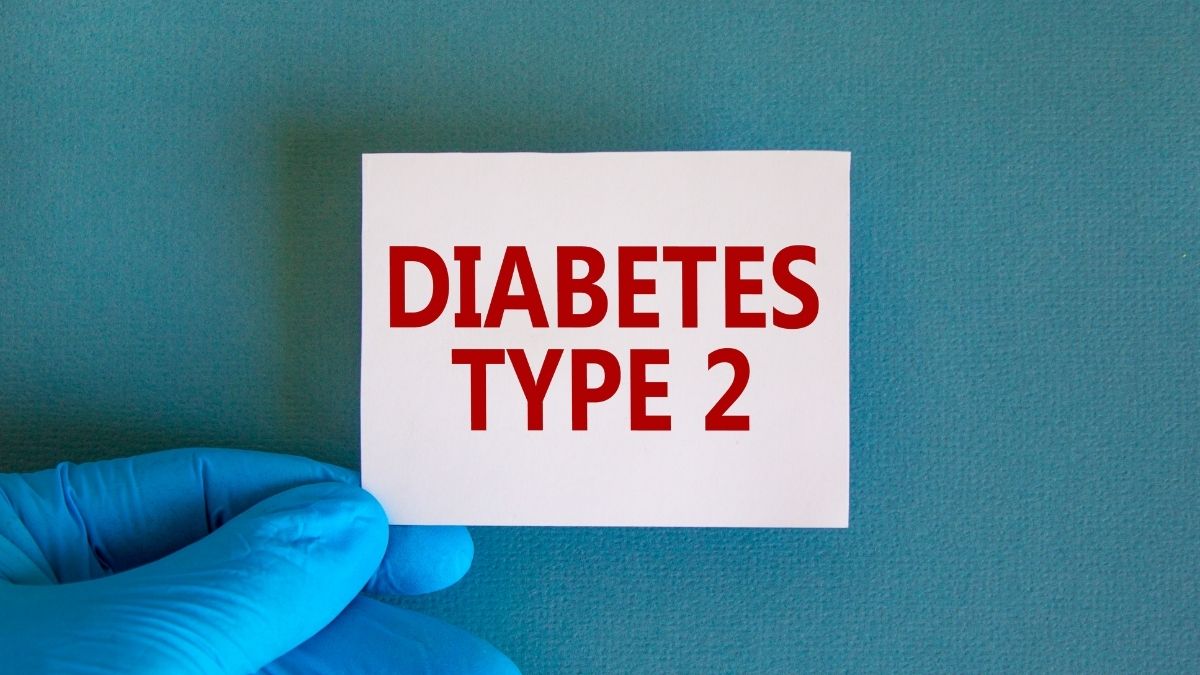The 7 Sneaky Signs of Diabetes Most Americans Over 60 Completely Miss

The American experience of aging often involves normalizing physical changes—chalking up chronic exhaustion, blurry vision, or persistent aches to “just getting older.” For Americans over the age of 60, this natural tendency to dismiss subtle symptoms presents a profound health risk, particularly concerning the early onset of Type 2 diabetes (T2D).
The challenge lies in the insidious nature of diabetes in older adults: the warning signs are frequently so mild, non-specific, or slow to develop that they are dangerously mistaken for the benign effects of aging or other chronic conditions. This complacency results in delayed diagnosis, leading to severe, yet preventable, complications.
This analysis details the 7 subtle diabetes signs over 60 that are commonly missed. It provides the critical context necessary to distinguish metabolic imbalance from normal aging and offers an actionable path forward. Understanding these often-overlooked indicators is the first defense against undiagnosed diabetes in seniors.

The report concludes with guidance on timely screening, leveraging the latest recommendations from the 2025 American Diabetes Association (ADA) Standards of Care, including the use of the 60-second Type 2 Diabetes Risk Test.
Main Content Sections: The 7 Sneaky Signs
Persistent, Unrelenting Exhaustion That Normal Rest Doesn’t Fix

For many older adults, the symptom of generalized fatigue is the most easily dismissed. However, when fatigue transitions into debilitating, unrelenting exhaustion that normal sleep or rest cannot resolve, it may signal an underlying metabolic crisis.
The primary mechanism involves high blood sugar, or hyperglycemia, which prevents glucose from entering the body’s cells to be converted into energy. Since cells are starved of fuel, the individual feels persistently weak and “run down,” often experiencing a profound desire to take naps, sometimes in the middle of the afternoon.
Patients sometimes report feeling “too weak” to perform everyday activities they once completed with ease. This physical decline is sometimes mistakenly attributed solely to the passage of time.

Clinical data demonstrates a strong differentiation between age-related tiredness and diabetes-related chronic fatigue. One study noted that chronic fatigue is highly prevalent, affecting 40% of patients with diabetes compared to only 7% of age- and sex-matched control groups.
In fact, fatigue is often reported by patients as the single most troublesome symptom, signifying a clear clinical link to glucose dysfunction. Furthermore, the presence of diabetes is known to accelerate the aging process itself.
This condition is linked to sarcopenia, or the progressive loss of skeletal muscle mass and strength. Therefore, the chronic exhaustion felt by seniors with undiagnosed diabetes is not just simple tiredness; it is a manifestation of an accelerated physical decline caused by the glucose metabolism disorder.

Sudden Numbness, Pain, or Weakness in Hips and Thighs
Diabetic neuropathy, or nerve damage, is a common but frequently overlooked initial symptom of T2D. While peripheral neuropathy affecting the hands and feet (manifesting as “pins and needles” or numbness) is well known, older adults with diabetes are particularly susceptible to specific, non-classic forms of nerve involvement that are often misdiagnosed as routine arthritis or circulatory problems.

A particularly crucial signal for seniors is proximal neuropathy (also called lumbosacral plexus neuropathy). This condition causes pain, often severe, localized in the thighs, hips, and buttocks, usually on only one side of the body.
The resulting weakness in the legs can significantly impair mobility, making it challenging or impossible for the individual to move from a sitting to a standing position without assistance. The presence of this specific, high-stakes symptom, which directly impacts functional status, should immediately prompt a metabolic assessment.

Additionally, older adults with T2D frequently develop nerve entrapment syndromes. The most common is carpal tunnel syndrome, which presents as pain, numbness, or tingling in the hands.
These neurological symptoms require immediate attention, as the American Diabetes Association recommends screening for diabetic neuropathy immediately upon diagnosis of Type 2 diabetes, with annual monitoring thereafter, emphasizing the urgency of early detection to prevent worsening damage.
Confusing Episodes of Sluggishness or Disorientation
Perhaps the most critical sign for older adults and their caregivers to recognize is the onset of cognitive symptoms, which are often mistakenly attributed to standard memory decline or age-related neurological disorders.
Untreated or poorly controlled blood sugar levels can significantly impact brain function and are associated with a greater risk of developing dementia and Alzheimer’s disease—in some studies, doubling the likelihood.

Severe blood sugar imbalances, both high and low, can lead to dangerous and confusing episodes. High blood sugar (hyperglycemia) can cause a change in alertness, ranging from profound generalized fatigue and sluggishness to stupor, coma, or even seizures.
Clinicians note that these acute mental status changes are sometimes misinterpreted as a stroke or other neurological event. Conversely, treatment for diabetes can lead to low blood sugar (hypoglycemia), which also causes sluggishness and confusion.
In the elderly, the risk of hypoglycemia is exceptionally dangerous. If a senior is already experiencing cognitive impairment, they may have difficulty adhering to a complex medication schedule, leading to unpredictable drops in blood sugar.

Low blood sugar episodes in older patients are often less manageable than in younger populations and can lead to irreparable cognitive damage, creating a vicious, destructive cycle.
Chronic Skin and Dental Issues (Slow Healing, Itchiness, Bleeding Gums)
The prolonged presence of high glucose levels compromises the body’s ability to heal and fight infection, turning minor skin and oral irritations into persistent, significant health concerns.
High blood sugar damages blood vessels and impairs immune function, causing cuts, bruises, and sores to heal at a much slower pace than usual. These non-healing sores pose a major risk for developing chronic foot ulcers, especially when combined with nerve damage.

Furthermore, excess sugar in the body provides a fertile environment for pathogens. The resulting excess glucose in the urine acts as food for yeast and bacteria, leading to frequent infections. Older women, in particular, may suffer from chronic urinary tract infections (UTIs) or yeast infections (thrush).
Other common, non-specific dermatological signs include persistent itchiness (pruritus) and the development of velvety, darkened patches of skin, often in the neck or armpits (acanthosis nigricans).

The mouth also shows early warning signs. High blood sugar encourages bacterial growth in the oral cavity, often leading to red, swollen, and bleeding gums (gingivitis or periodontitis).
If a senior notices persistent bleeding when brushing, this should prompt a consultation with both a dentist and a primary care physician, as it is a recognized signal of metabolic dysregulation.
Extreme Thirst and Dry Mouth Not Relieved by Water
While increased thirst (polydipsia) and frequent urination (polyuria) are considered classic symptoms of diabetes, their subtle presentation in seniors often leads to their dismissal. Many older adults attribute drinking more fluids to habit, or believe their frequent need to urinate, especially at night, is simply a function of age or fluid intake.

The physiological cause is osmotic diuresis: the kidneys, overwhelmed by high glucose in the blood, attempt to flush out the excess sugar by pulling massive amounts of water from bodily tissues. This process causes severe, persistent dehydration.
The differentiating factor in diabetes-related thirst is that it feels unquenchable; the individual may drink large volumes of water—upward of 4 liters (a gallon) per day—yet the thirst persists. This feeling of being thirsty after drinking water is a clinical red flag.

Frequent trips to the bathroom, particularly waking up more than once or twice overnight, are direct indicators of this process and should be investigated, even if the senior limits evening water and caffeine intake.
Additionally, persistent dry mouth (xerostomia) results from dehydration caused by high blood sugar levels, contributing to discomfort and potential dental issues.
Unexplained Weight Fluctuations

Unintended changes on the scale—either weight loss or, less commonly, sudden weight gain—can be a signal of metabolic distress. When the body’s cells are unable to utilize glucose for energy, they turn to alternative fuel sources, rapidly breaking down fat and muscle tissue. This results in sudden, often significant, unexplained weight loss, even if the patient’s eating habits remain stable or increase.
Although weight fluctuation is a recognizable symptom, the focus on weight in the context of diabetes in seniors extends deeply into prevention. Evidence demonstrates that intervention is highly effective at the prediabetes stage.

Losing just 5–7% of total body weight can prevent prediabetes from progressing to Type 2 diabetes by nearly 60%. For a 200-pound individual, this translates to losing only 10 to 14 pounds.
Unexplained weight fluctuation should therefore be viewed not just as a symptom, but as a critical, quantifiable opportunity to seek metabolic assessment and initiate preventative action.
Blurry Vision, Even with New Glasses

Vision changes are a common complaint among older adults and are typically blamed on cataracts, glaucoma, or the need for a stronger lens prescription. However, fluctuating or blurry vision is a classic symptom of diabetes that should not be dismissed.
High blood sugar levels cause fluid to shift in and out of the lens of the eye, temporarily changing its shape and distorting the ability to focus. Because these early changes are often transient or fluctuating, the patient may disregard them.
The danger lies in ignoring this initial warning signal. Sustained high blood sugar is the root cause of permanent microvascular damage (diabetic retinopathy) in the eyes.

Blurry vision, especially when coupled with other subtle physical changes like fatigue or persistent thirst, serves as the body’s alert that long-term vascular damage may be initiating, necessitating urgent screening.
Immediate Action Plan for Seniors: Screening and the 2025 ADA Guidelines

The sheer magnitude of undiagnosed glucose disorders among the senior population underscores why reliance on symptom recognition alone is insufficient. Nearly half (48.8%) of Americans aged 65 and older have prediabetes, and 6.8% of adults 60 and older have undiagnosed diabetes.
These figures demonstrate that a substantial portion of the target demographic is either diabetic and unaware or on the immediate path to T2D. Proactive screening is mandatory.
The following steps utilize the latest medical standards to provide a clear path to detection and personalized management in 2025.
Step 1: Take the Type 2 Diabetes Risk Test

The immediate, actionable first step is to assess risk using accessible tools. The American Diabetes Association (ADA) offers a free, 60-second online Type 2 Diabetes Risk Test. This assessment uses a simple questionnaire format to quickly evaluate key risk factors known to predispose individuals to the condition.
These risk factors typically include:
- Age (specifically 45 years or older).
- Weight and height, often correlated with BMI.
- Family history of diabetes (parents or siblings).
- Activity level (whether the individual is sedentary or physically active less than 30 minutes most days).
- History of high blood pressure, high cholesterol, or high triglycerides.
While the general screening age has been lowered to 35 years based on risk factors, the older population, regardless of perceived risk, must take this test seriously. A high score on the test necessitates an immediate consultation with a healthcare provider for definitive blood testing (such as a fasting glucose test or an A1C test).
Step 2: Advocate for Individualized Care Using 2025 ADA Standards

If screening reveals prediabetes or diabetes, the discussion with the healthcare provider must be framed around the latest clinical guidance. The 2025 ADA Standards of Care include crucial updates, specifically incorporating guidance from the American Geriatrics Society (AGS) in Section 13, dedicated to older adults.
This integration ensures that diabetes management focuses not only on blood sugar levels but also on the patient’s overall functional status and quality of life.
The concept of “individualized care” is paramount. A single, aggressive blood sugar goal is not appropriate for all seniors. The treatment strategy must consider the presence of geriatric syndromes, such as frailty, polypharmacy, and cognitive impairment.
The following table summarizes the individualized A1C goals based on health status, demonstrating the need for a targeted approach:
🎯 A1C Goals for Older Adults
Personalized Diabetes Management Based on Health Status (ADA 2025)
• Intact cognitive function
• Good functional status
• Mild-to-moderate cognitive impairment
• Some functional limitations
• Severe cognitive impairment
• End-of-life care considerations
These guidelines emphasize that for seniors with complex health profiles, the focus shifts away from achieving aggressive A1C targets toward preventing acute symptomatic events.
For all older adults, avoiding symptomatic hyperglycemia (high blood sugar causing noticeable symptoms) and, most importantly, preventing hypoglycemia (low blood sugar) are the critical safety objectives.
Healthcare providers are encouraged to screen for geriatric syndromes at least annually, including cognitive impairment, depression, urinary incontinence, falls, and polypharmacy, as these factors directly impact a senior’s ability to manage diabetes and diminish quality of life.
Discussing these issues ensures the patient receives comprehensive and safe management reflective of the 2025 ADA Standards of Care.
At the Last,

The analysis confirms that the greatest threat posed by Type 2 diabetes in older adults is that its presentation is often silent, subtle, and dangerously obscured by assumptions of normal aging. Symptoms like chronic exhaustion, fluctuating blurry vision, nerve pain in the hips, and persistent confusion are frequently missed, leading to a high rate of undiagnosed diabetes in seniors.
Early detection, however, is the strongest defense against complications like heart disease, stroke, and irreversible nerve damage. The high prevalence of prediabetes (nearly 50% of the 65+ population) necessitates a proactive, screening-based approach.

If any of the subtle diabetes signs over 60 described in this report are present, immediate action is required. Utilize the Type 2 Diabetes Risk Test to assess risk, and consult with a physician to initiate screening.
When discussing management, patients and caregivers should emphasize the need for individualized care goals, aligning with the functional and cognitive considerations outlined in the 2025 ADA Standards of Care. Proactive intervention remains the most effective strategy for ensuring a high quality of life throughout later adulthood.






